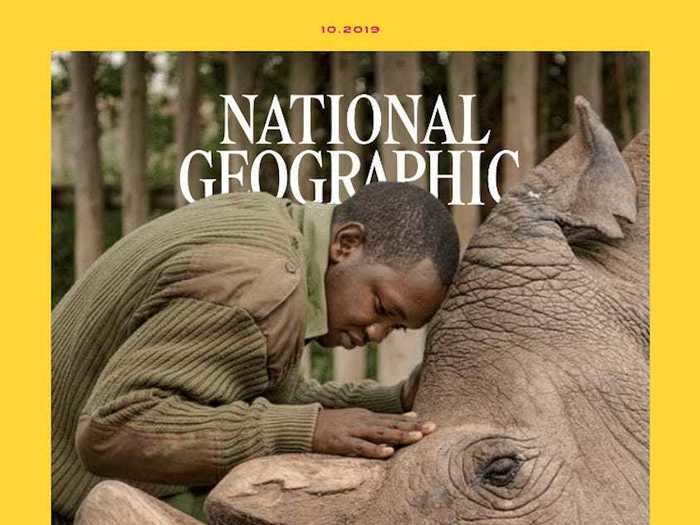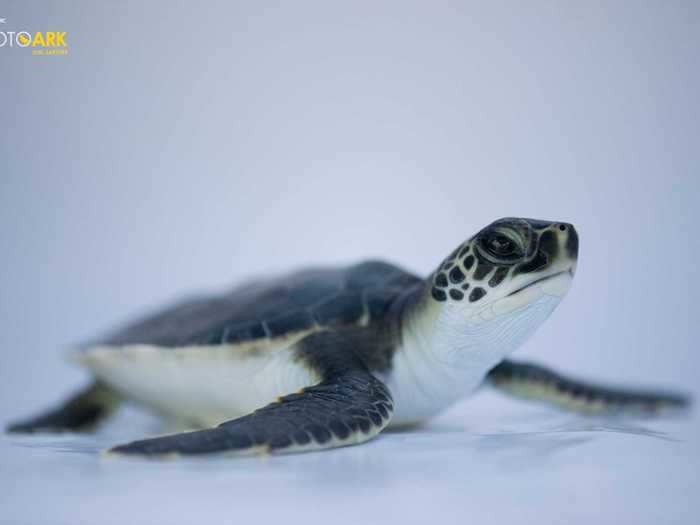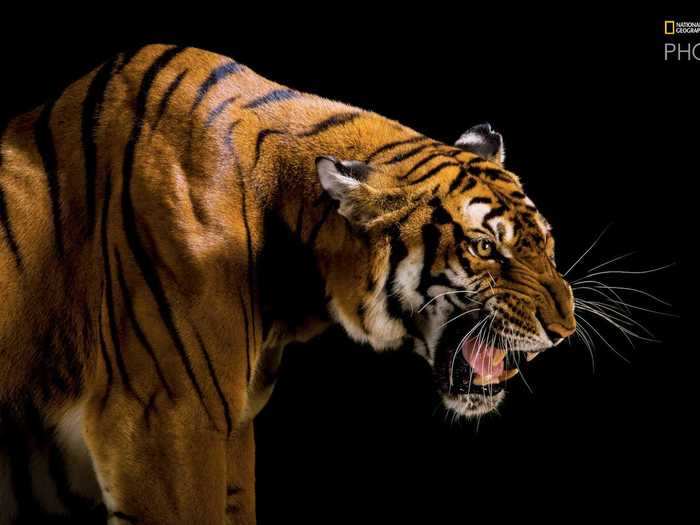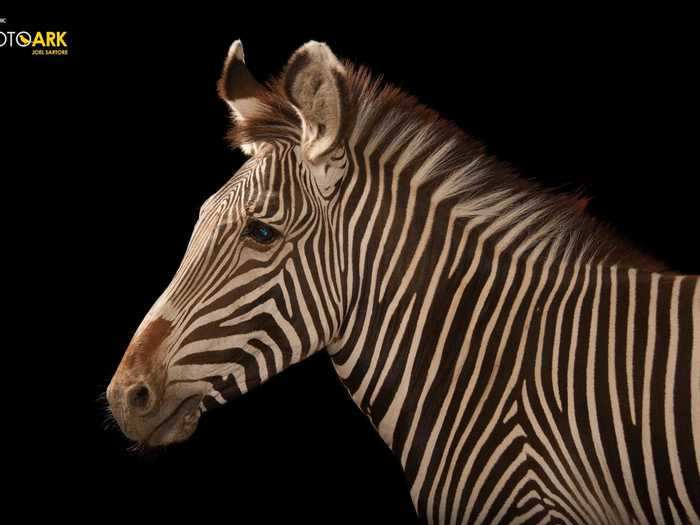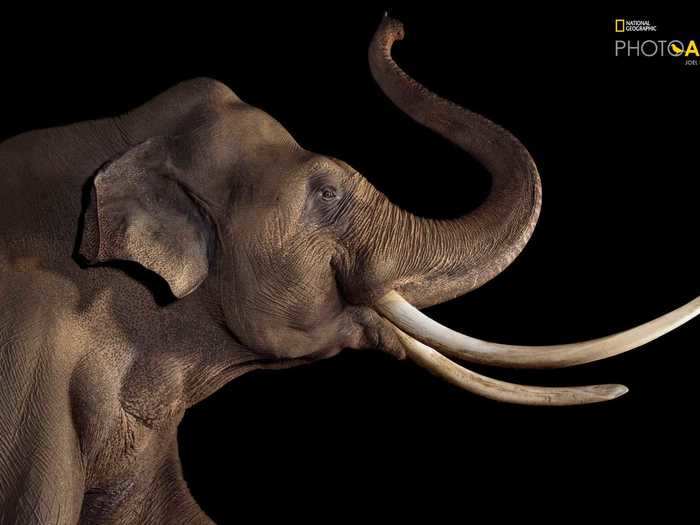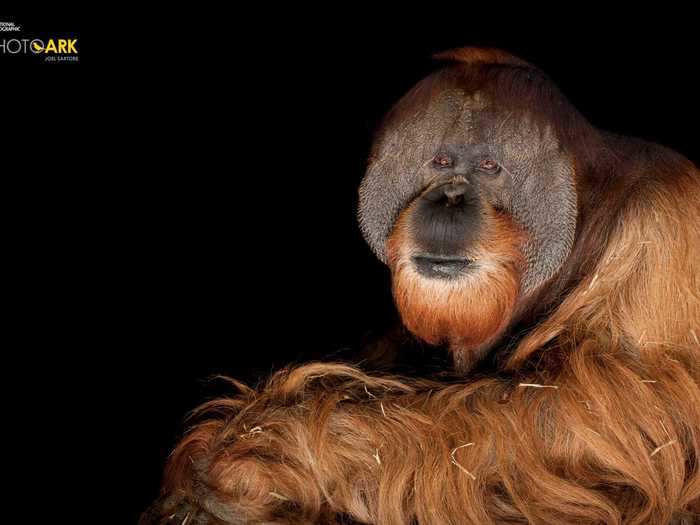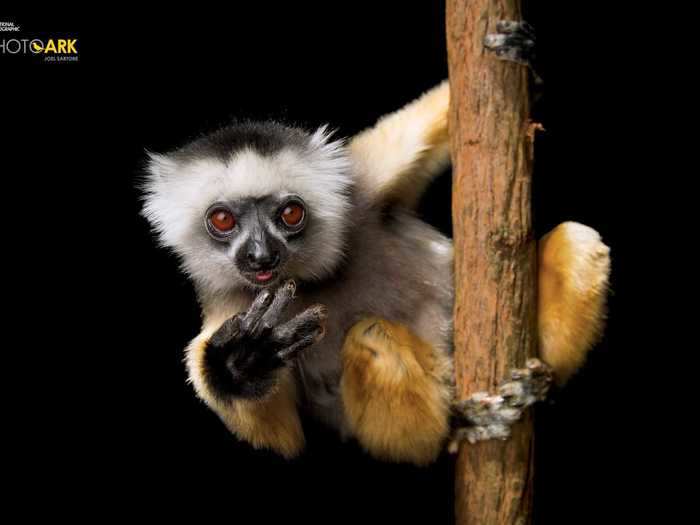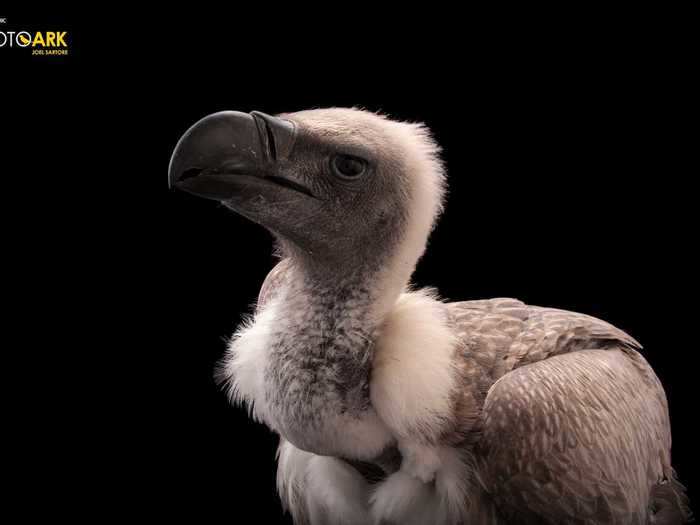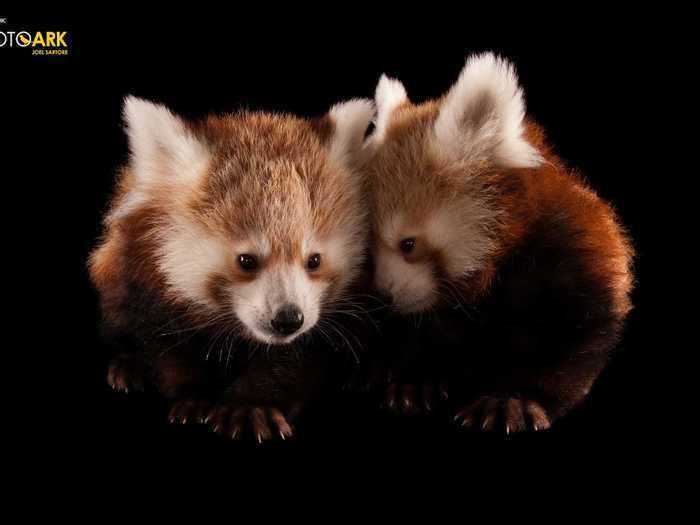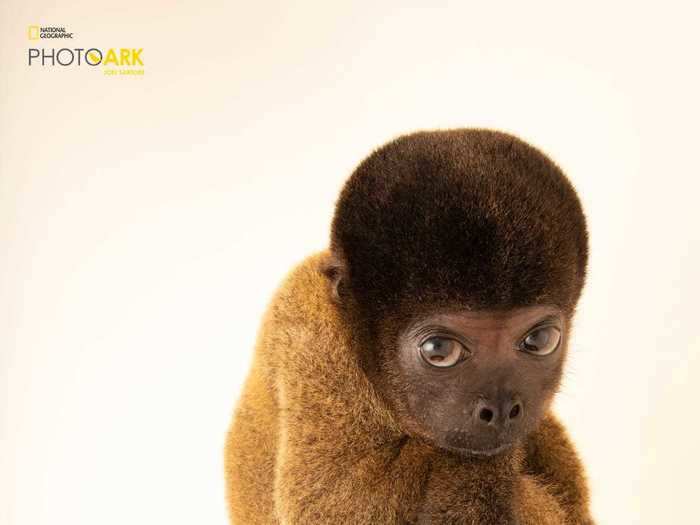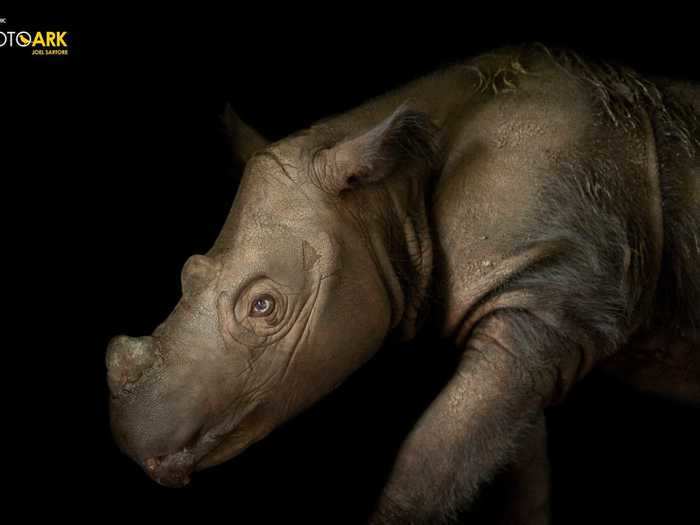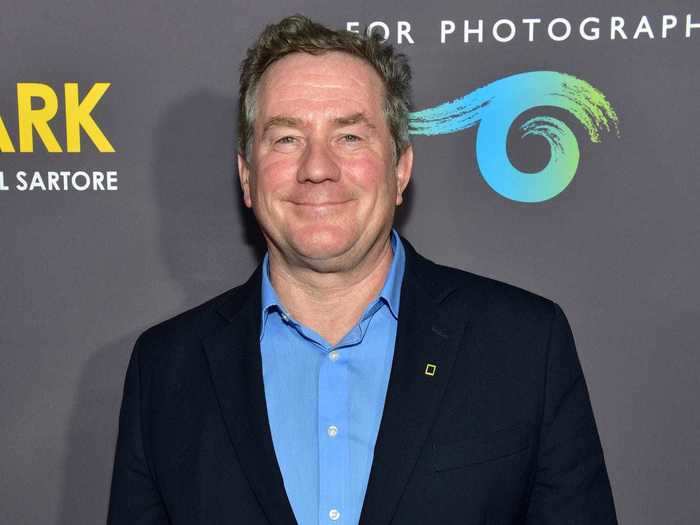A Diademed sifaka photographed at Lemuria Land in Madagascar.Joel Sartore - Joel Sartore is a National Geographic photographer who documents endangered species through a project called The Photo Ark.
- Since 2005, Sartore has photographed 10,000 species for the project, creating a database of over 34,122 photos.
- The photos can also be found in Sartore's book, "The Photo Ark Vanishing: The World's Most Vulnerable Animals," which features species that are most likely to disappear.
- Visit Insider's homepage for more stories.
Wildlife numbers are rapidly decreasing around the world, with up to one million species facing extinction in the coming decades.
Few people likely understand this better than Joel Sartore, a wildlife photographer who primarily works with National Geographic. Since 2005, Sartore has been traveling around the world to photograph every species that currently lives under human care. He's documented 10,000 creatures so far.
Satore's book, "The Photo Ark Vanishing: The World's Most Vulnerable Animals," as well as the October 2019 issue of National Geographic, features some of his work. Here's a look inside.
Read the original article on
Insider
These photos and others were also featured in the October 2019 issue of National Geographic.
The October 2019 issue of National Geographic.
National Geographic
Many of Sartore's images have been compiled into books.
An endangered green sea turtle photographed at the XCaret Resort in Mexico.
Joel Sartore
Sartore's most recent work is called "The Photo Ark Vanishing: The World's Most Vulnerable Animals." It showcases the species that are most likely to disappear within the coming decades.
Some species in Sartore's project no longer exist in the wild.
A female South China tiger at the Suzhou Zoo in China.
Joel Sartore
The South China tiger, for example, might not exist outside of zoos and sanctuaries.
Less than 100 resided in captivity in 2015, according to Sartore's website, and it's unknown if a population still lives in the wild.
Species like the Grevy's zebra currently have populations smaller than 2,000.
A Grevy’s zebra at the at the Lee G. Simmons Conservation Park and Wildlife Safari.
Joel Sartore
According to the IUCN, less than 2,000 Grevy's zebras are likely left in the world. Their population has declined as a result of housing developments and hunting, as well as wars in Kenya.
Sartore photographed one of the zebras while visiting the Lee G. Simmons Conservation Park and Wildlife Safari in Ashland, Nebraska.
Others reside lower on the IUCN's red list — though their populations are still threatened.
A 29-year-old Asian elephant named Billy at the LA Zoo in California.
Joel Sartore
Many of the species Sartore photographs are critically endangered.
A Sumatran orangutan named Pongo abelii at Rolling Hills Wildlife Adventure in Kansas.
Joel Sartore
It's unlikely that you've heard of every animal documented in The Photo Ark series.
A Diademed sifaka photographed at Lemuria Land in Madagascar.
Joel Sartore
The diademed sifaka, for example, is a type of primate that lives in Madagascar. Currently, the species is deemed critically endangered by the IUCN.
Habitat loss is said to be one of the biggest factors in the species' decline, as well as hunting and the planting of sugar-cane fields.
Others, however, don't typically receive as much attention.
An endangered African white-backed vulture at the Cleveland Metroparks Zoo.
Joel Sartore
The African white-backed vulture might not be the first animal that comes to mind when you think of adorable animals, but that doesn't make the birds any less important.
Sartore's Photo Ark project is meant to showcase why each species on Earth is "vitally important to our very survival," according to his website.
"We need bees and even flies to pollinate the fruits and vegetables we eat," Sartore wrote. "We need intact rain forest to regulate the amount of rainfall we get in areas where we grow crops. But beyond what's in it for us, I believe that each species has a basic right to exist."
Some animals seen in The Photo Ark are beloved by people around the world.
Twin red-panda cubs at the Lincoln Children’s Zoo in Nebraska.
Joel Sartore
Red pandas, for example, are commonly regarded as some of the cutest animals on Earth. Still, the IUCN lists the species as endangered.
At the Lincoln Children's Zoo in Nebraska, Sartore was able to photograph twin red pandas. The animals were three months old at the time of his visit.
Each animal is photographed in front of a black or white background.
An endangered Peruvian woolly monkey in Manaus, Brazil.
Joel Sartore
According to his website, Sartore's method gives viewers "a chance to look animals directly in the eye and see that there's beauty, grace, and intelligence in the other creatures we share the planet with." His recent photo of a Peruvian woolly monkey serves as a perfect example of this.
The monkey was photographed by Sartore at a wildlife rehab center in Manaus, Brazil, where she was first kept as a pet. Because her mother was likely killed to bring her into the pet trade, the monkey lacked proper nutrition and faced "severe growth deformities" as a result.
Sartore has documented species both big and small.
Harapan, a four-year-old Sumatran rhino, at the White Oak Conservation Center.
Joel Sartore
While at the White Oak Conservation Center in Yulee, Florida, for example, Sartore photographed a four-year-old Sumatran rhino named Harapan.
Harapan represents his species within The Photo Ark, and helps bring awareness to the fact that Sumatran rhinos are critically endangered, with less than 275 left in the world, according to the International Union for Conservation of Nature 's (IUCN) Red List.
Joel Sartore has been photographing endangered species since 2005.
Joel Sartore in 2018.
Rodin Eckenroth/Stringer/Getty Images
According to his website, Sartore was working as a photographer at National Geographic in 2005 when his wife Kathy was diagnosed with breast cancer.
"I was 42 at the time, and as Kathy recovered, one question continued to haunt me: How can I get people to care that we could lose half of all species by the turn of the next century?" Sartore wrote for his website.
He went on to photograph wildlife "as simply and cleanly as possible," using only black and white backgrounds behind them. He's since documented 10,000 creatures, and plans to "keep going until we get them all." He calls his project The Photo Ark.

